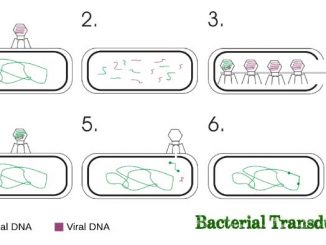
Bacterial transduction and its types
Transduction is the transfer of gene or portion of DNA from one bacterium (donor) to another (recipient) mediated by a bacteriophage. In transduction, the bacteriophage […]

Transduction is the transfer of gene or portion of DNA from one bacterium (donor) to another (recipient) mediated by a bacteriophage. In transduction, the bacteriophage […]
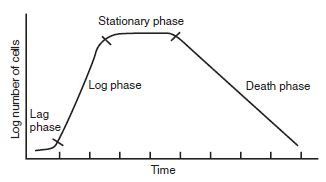
In higher organisms, growth means increase in size and volume of the organism whereas in case of bacteria, growth refers to the increase in their […]
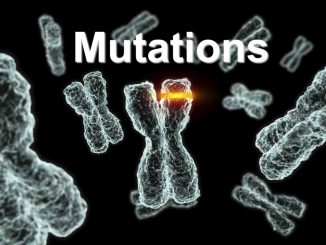
Mutation can be defined as any inheritable changes in the sequence of nitrogenous bases of DNA that brings about sudden change in the morphological characteristics […]

S.N Gram positive bacteria Gram negative bacteria 1. They retain the color of crystal violet and stain dark blue or purple. They take the color […]

Plasmids are extra-chromosomal DNA. They are circular and double stranded DNA molecules which encode traits that are not essential for bacterial viability (normal growth and […]
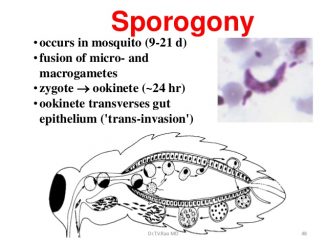
This cycle occurs inside the mosquito’s body which begins with the ingestion of gametocytes by the female Anopheles during the blood meal. The gametocytes released […]

The life cycle of Plasmodium is digenetic, i.e completed in two hosts. The primary host is man where the asexual cycle is completed called schizogony. […]
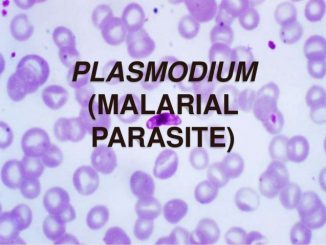
Plasmodium is an intracellular blood parasite which causes a malarial fever. Charles Laveran discovered this parasite in the RBCs of man. Ronald Ross discovered the […]

A permanent recording of the electrical events during a cardiac cycle made on a graph paper in the form of waves is called electrocardiogram (ECG). […]
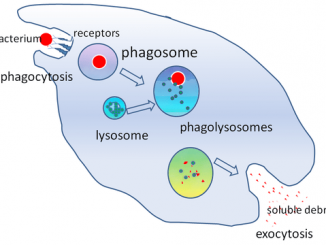
The ingestion and digestion of exogenous antigens, such as whole microorganisms and insoluble particles and endogenous matter, such as injured or dead host cells, cellular […]
Copyright © 2025 | WordPress Theme by MH Themes